Our Favorite 'Star Wars' Ships from a Galaxy Far, Far Away
#7: Classic TIE fighter
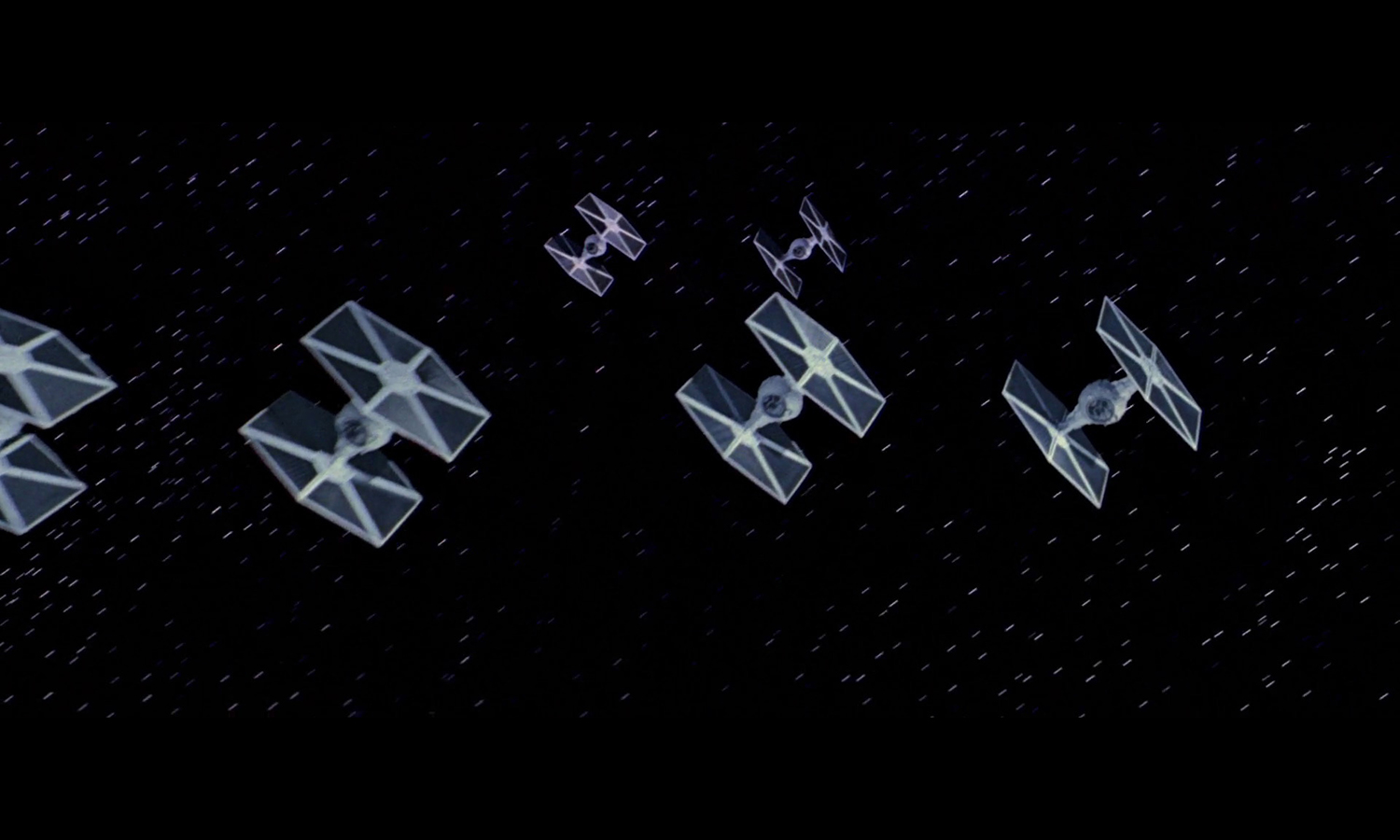
In the "Star Wars" original trilogy, head-to-head combat between the Alliance and the Empire usually involved X-wing starfighters (Rebels) and TIE fighters (Empire). The latter could be identified by their shape (essentially, a letter "H") and by the now-iconic screech they made as they descended into battle (even though, of course, no sound can travel in the vacuum of space). Darth Vader piloted a distinctive TIE Fighter, with angled side panels, instead of the perfectly straight panels on most TIE Fighters. They appear in "Star Wars: Episode IV ― A New Hope," "Star Wars: Episode V — The Empire Strikes Back," "Star Wars: Episode VI — Return of the Jedi" and "Rogue One: A Star Wars Story."
#6: First Order TIE fighter
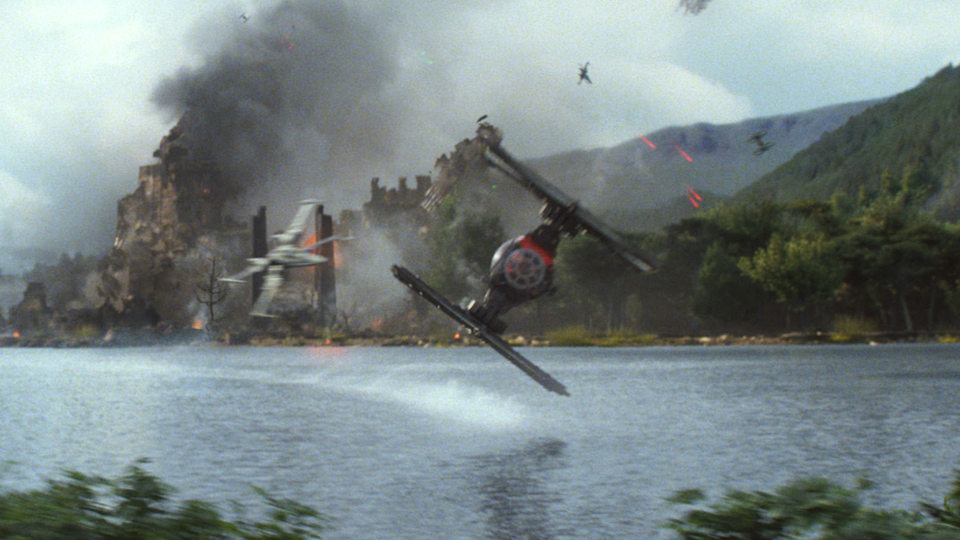
In "Star Wars: The Force Awakens," audiences are introduced to the First Order, an evil group that has filled the shoes of the Galactic Empire, now battling with the Resistance. The First Order TIE fighters have some significant upgrades, including better protections for the pilots. Their full capabilities are put on display during an epic chase scene with the Millennium Falcon.
#5: The Death Star

This one needs no introduction (although we invite you to argue over whether it qualifies as a "ship"). Serving as the final step in The Empire's march toward galactic dominance, the Death Star was a spherical space station the size of a small moon. It was destroyed at the end of "Star Wars: Episode IV – A New Hope" and then appeared in the prequel movies "Star Wars: Episode III — Revenge of the Sith," and "Rogue One: A Star Wars Story." There seems to be a regular stream of articles about whether it would ever be possible to build a Death Star in the real world. I see this as evidence that many fans want to believe such a thing could exist, albeit maybe without the planet-destroying laser.
#4: T-70 X-wing/Poe Dameron's black X-wing
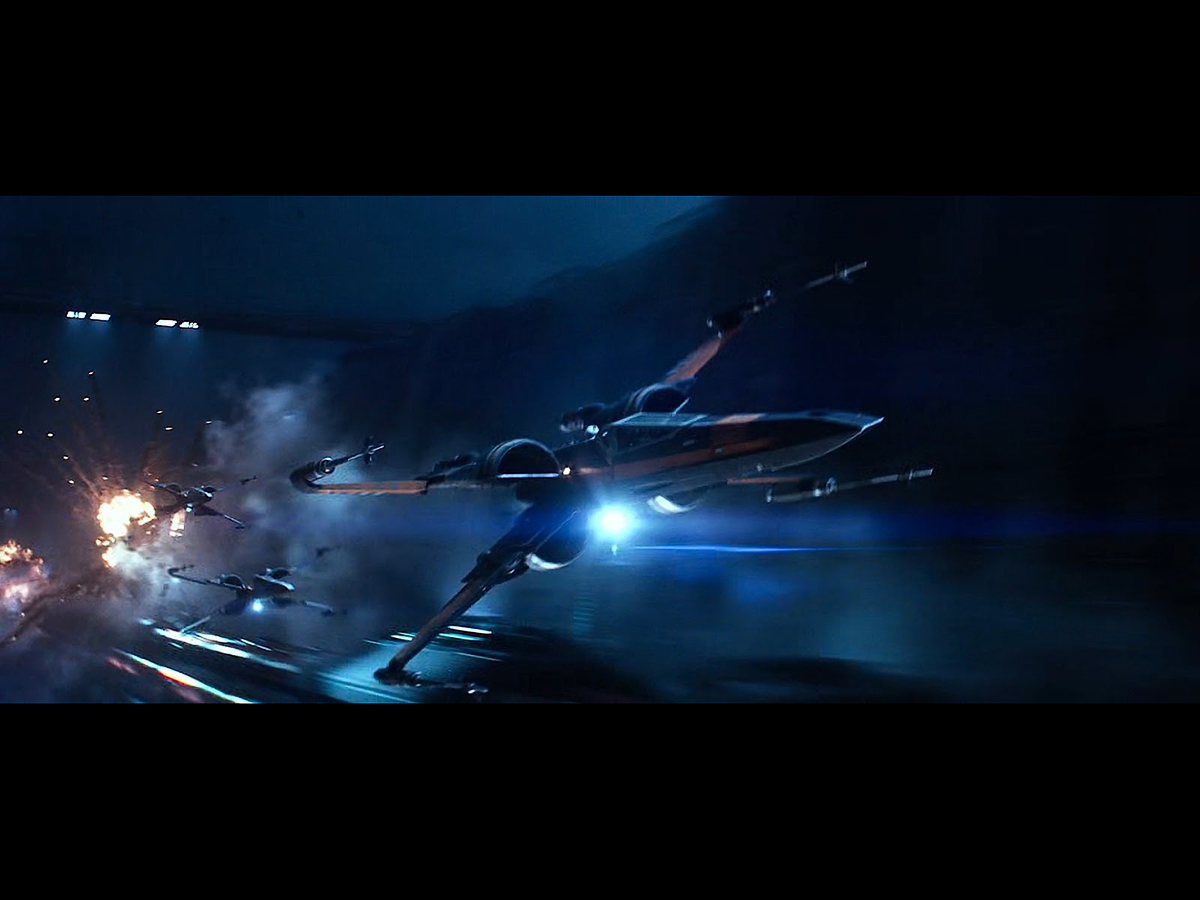
In "Star Wars: The Force Awakens," we're introduced to a slightly updated take on a classic: the T-70 X-wing, an upgraded version of the classic X-wing ships used by the Rebel Alliance, now used by the Resistance. Multiple iterations of the X-wing appeared in the extended universe. Poe Dameron's sleek, dark X-wing, called Black One (and for which he earned the call signal Black Leader), first appeared in "Star Wars: The Force Awakens," and will apparently also appear in the upcoming "Star Wars: The Last Jedi," due out around Christmas 2017.
#3: Slave 1
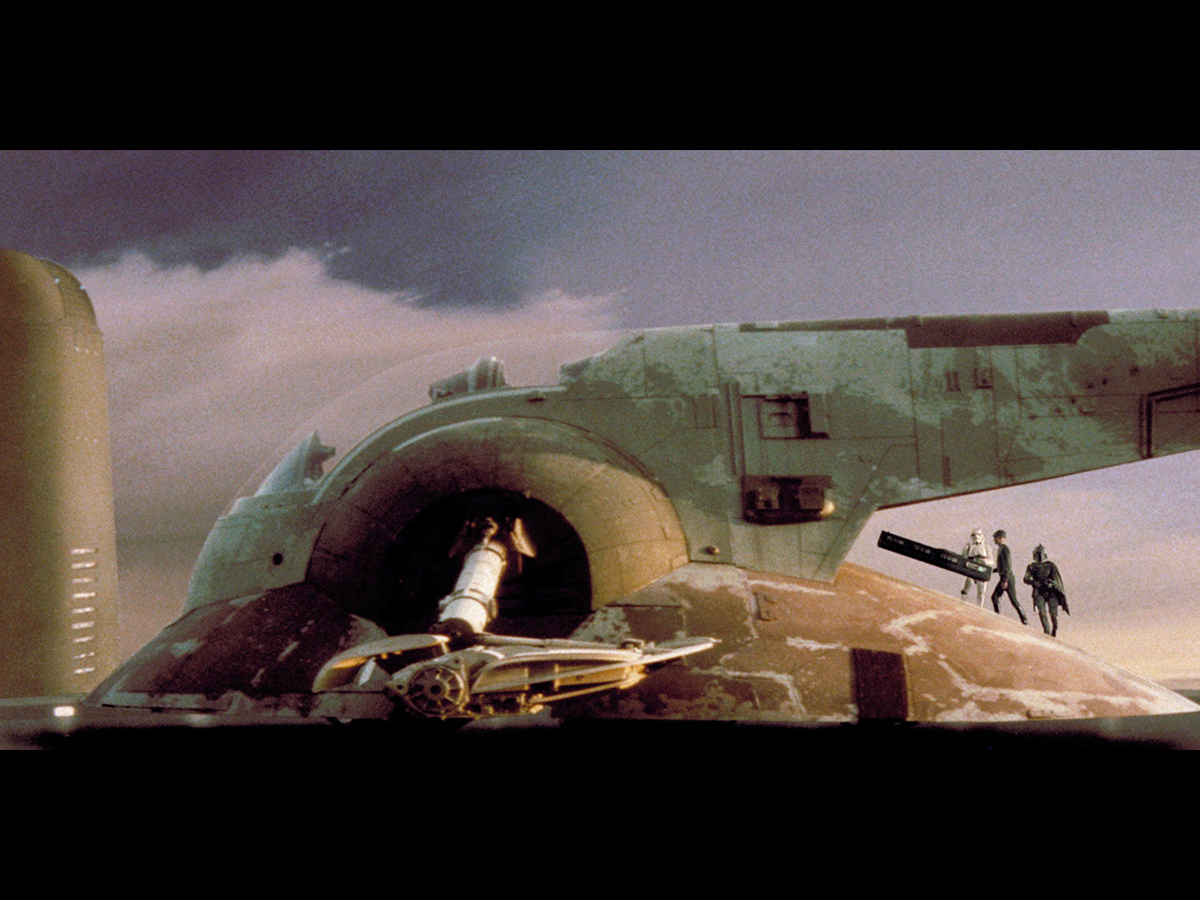
The notorious bounty hunter Boba Fett chased Han Solo across the galaxy, and eventually captured him after Solo was entombed in carbonite by the Empire. In "Star Wars: Episode V — The Empire Strikes Back," Fett carries Solo away from Cloud City in Slave 1. In the prequel, "Star Wars: Episode II — Attack of the Clones," we learn that Fett inherited Slave 1 from his father, the bounty hunter Jango Fett. Like other ships in the Star Wars universe, a large part of Slave 1's appeal is its association with particular characters. The ship also has a unique design: it turns 90 degrees from takeoff orientation to flight orientation, which requires a pivoting cockpit.
#2: Original X-wing Starfighter
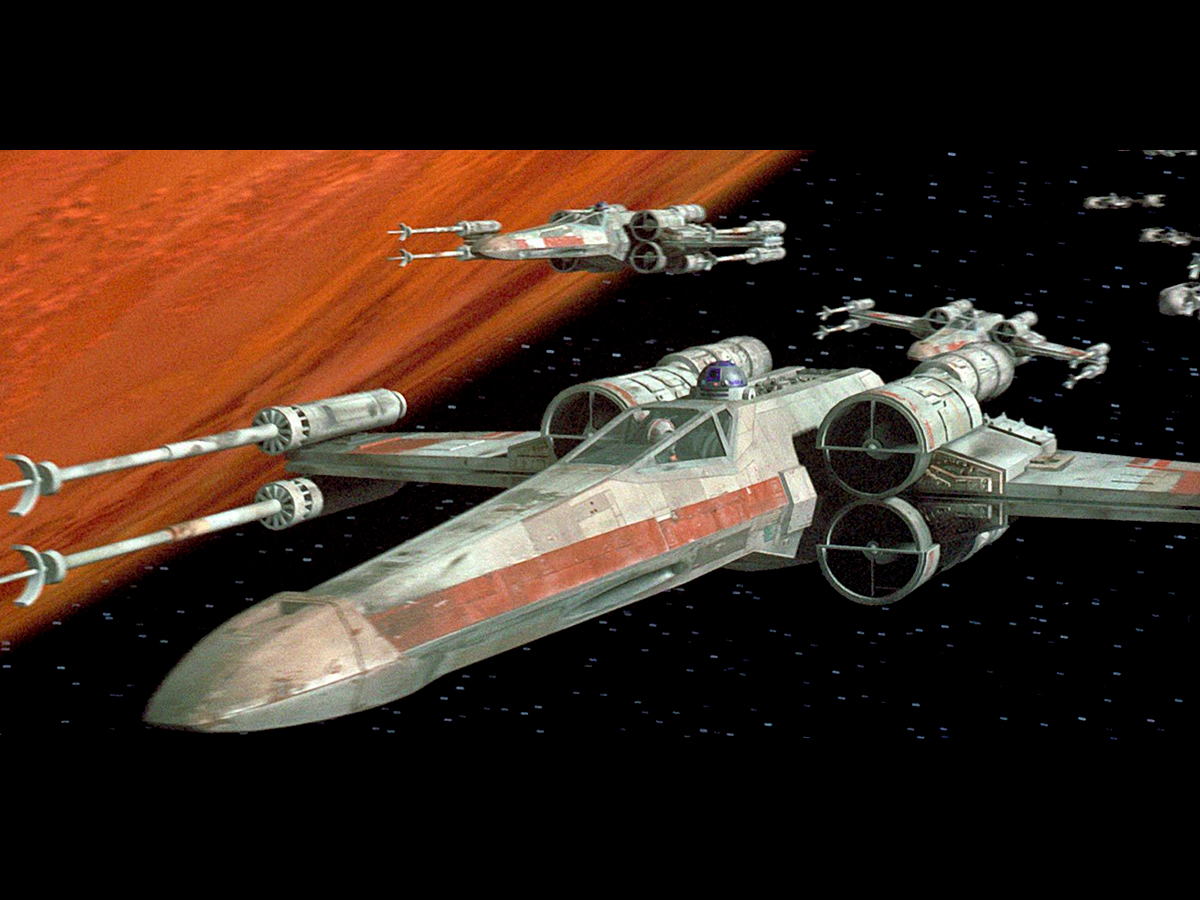
Luke Skywalker's preferred mode of transportation, the classic X-wing spaceship, is another fan favorite. The ship is the primary vehicle used in battle by the Rebel Alliance's Starfighter Corps, thanks to its combined maneuverability and power. Even though the T-70 probably has some nice upgrades, we have to rank the classic version slightly higher, both for initiating the subsequent line of X-wings, and that whole Luke-used-one-to-destroy-the-Death-Star thing.
#1: The Millennium Falcon
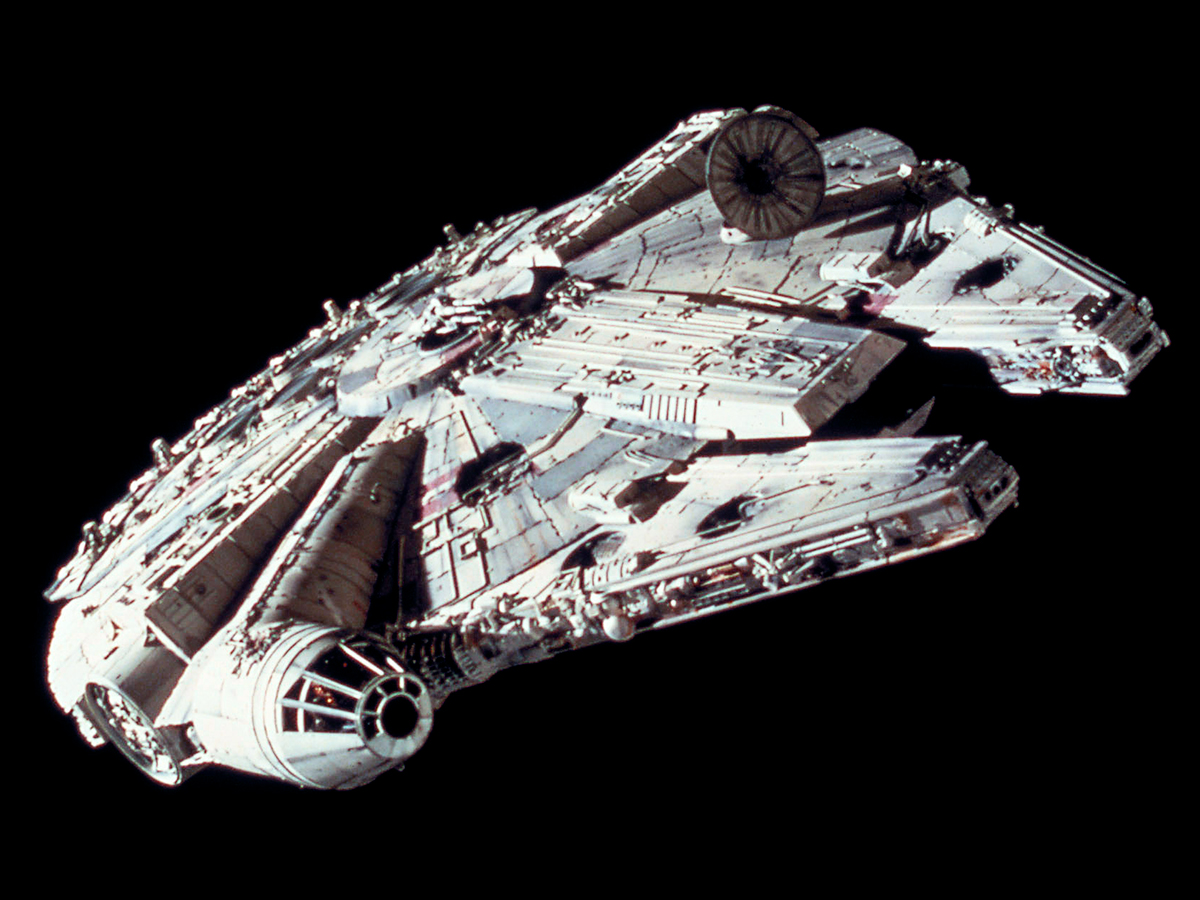
Call it cliché, or at the very least, unsurprising, but the No. 1 spot on our list goes to the Millennium Falcon.
The ship, with it's unique, slightly asymmetric shape, served as a mobile home for many of the franchise's most beloved characters. It was roomy enough to carry cargo, but was designed to achieve speed and maneuverability on par with much smaller ships built specifically for combat.
Fans were first introduced to the Falcon in "Star Wars: Episode IV – A New Hope," when the ship seemed to be well past its prime (that famous Kessel Run was discussed in the same way one might talk about a retired athlete's once-great performance). The ship was being used to ferry illegal cargo around the galaxy, and was essentially an extension of its owner, Han Solo a seemingly self-centered criminal who wasn't afraid to shoot first. By the end of the film, Solo revealed the heart of gold beneath his rough exterior, and throughout the "Star Wars" movies, the Millennium Falcon also demonstrated its hidden abilities. In "The Force Awakens," the Falcon effectively becomes a symbol of the torch being passed from one generation of Star Wars heroes to the next, when a new adventurer takes a seat in the cockpit.
Join our Space Forums to keep talking space on the latest missions, night sky and more! And if you have a news tip, correction or comment, let us know at: community@space.com.
Get the Space.com Newsletter
Breaking space news, the latest updates on rocket launches, skywatching events and more!

Calla Cofield joined Space.com's crew in October 2014. She enjoys writing about black holes, exploding stars, ripples in space-time, science in comic books, and all the mysteries of the cosmos. Prior to joining Space.com Calla worked as a freelance writer, with her work appearing in APS News, Symmetry magazine, Scientific American, Nature News, Physics World, and others. From 2010 to 2014 she was a producer for The Physics Central Podcast. Previously, Calla worked at the American Museum of Natural History in New York City (hands down the best office building ever) and SLAC National Accelerator Laboratory in California. Calla studied physics at the University of Massachusetts, Amherst and is originally from Sandy, Utah. In 2018, Calla left Space.com to join NASA's Jet Propulsion Laboratory media team where she oversees astronomy, physics, exoplanets and the Cold Atom Lab mission. She has been underground at three of the largest particle accelerators in the world and would really like to know what the heck dark matter is. Contact Calla via: E-Mail – Twitter
